An interview with Sam Baron, Fabrica's Design Director
A Look Inside Fabrica
The Fabrica Communication Research Centre was conceived over 20 years ago with the aim of exploring the arts as a catalyst for social change. Set in a 17th-century Italian villa, Fabrica is part mentoring program, part production studio, and part think tank, drawing talented designers from across the globe for year-long fellowships. This week—as we launch our new handmade, Fabrica-designed One & Only Collection, we decided to also chat with Sam Baron, the head of Fabrica's esteemed design studio, to learn more about both him and the revered institution he steers.
AC: How do you see Fabrica's role in the larger design community?
SB: Fabrica is a hybrid in the design community, as we are fusing education (learning through doing), experimentation (lab), and also real projects for brands (such as Zanotta and Carwan Gallery). We are based on freshness and young talents scouted from all around the world (between 30-50 creatives are selected from among 12,000 applications [each year]) that are mentored by recognized professionals in several fields (photography, communication, design, etc.). As a structure, Fabrica has to communicate its role as a unique player, [its specialty in] mixing cultures, backgrounds, and know-how.
AC: What goals do you wish to achieve with each year's group of fellows?
SB: The year-group concept does not really work at Fabrica. We don’t have a specific date to get in, [nor], consequently, a specific date to get out, so we are permanently looking for creatives. There is a constant flow of renewed energy, thanks to [fellows] leaving and [fellows] coming in. That makes our life as a structure harder to organize, but it also [encourages] a non-stop spirit of discovery, open mindedness, and research. What we want to reach in general is the revelation of the talent of tomorrow, which will grow through their year in Italy. As a group-based practice, we also want to have a multi-cultural/project/talent signature that is always evolving, but still has its own stamp and flavor.
AC: How do you choose the fellows included in the program?
SB: The “Fabricantis” are cast through portfolios they send to us. From there, we pick the ones that seem most remarkable and ask them to come for a two-week trial, during [which] they can show better who they are. It’s the right moment for us and for them to understand if the match can [work]. Fabrica is geographically not based on a expected part of the creative map (not in a capital city, for example), and it’s a very particular and demanding experience to come over for a year and share your life with unknown colleges from the other side of the planet.
AC: How do you approach each year's curriculum and collaborators?
SB: We are looking for people with attitude in his or her artistic practice. We want singular talents that, put together, can bring energy and inspiration to others and share the creative process. Some of our projects are group-based, and designing together is not always easy, but such a rich experience. Other projects are more personal, and, in these cases, Fabrica is a structure that helps them to concretize and launch their ideas. We are always trying to escape too “stylish” profiles or [those] too marked by a type of education, as some schools and companies tend to shape personalities too much.
AC: You've been the director of Fabrica's Design Department since 2006. What have you personally gotten out the experience of working with Fabrica?
SB: To say the truth, I started here as “Fabricanti,” too. So I know the house quite well—from its tricks to its best capacities! What I learned here, first of all, as I was a young French and Parisian designer, is to open my mind and sense of esthetic to different cultures quite far from mine. As a professional experience, as I've gradually and organically grown through the years, I've learned how to build and direct a team.
AC: What are your hopes for the centre's future?
SB: I think it can be interesting to partner with institutions to create a network for young, future talents—such as internationally recognized universities or companies that also want to be players in the research field. [We'd like to continue to] share and offer the know-how for which Fabrica has become recognized over the years.
AC: What's on the horizon for you—both in terms of Fabrica projects and your own work?
SB: My [personal] horizon is to keep developing my own work, where I am expressing and developing my own culture/universe working for brands like La Redoute, for example; consulting as creative advisor for companies like Vista Alegre; and also my work for interior design projects, namely in the restaurant and hotel field, without forgetting some pieces for galleries such as Cristina Grajales.
As for Fabrica, I am a chef d’orchestre that needs to pick and build the team and motivate others [to embrace the sort of] challenging projects that they won’t have the opportunity to do anywhere else, the kind that help their capabilities and their [reputations] grow. I need to understand and re-evaluate almost every day where we are going, and make sure that what we do corresponds to the position that only Fabrica can have in the design community.
Designbegeisterte hier entlang
Futiles Carafe (Small) by Sam Baron

Utiles Medium Wasserkrug von Sam Baron

Utiles Serving Dish by Sam Baron

Utiles Salad Bowl by Sam Baron
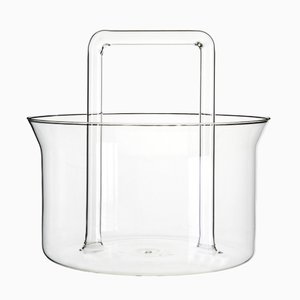
Utiles Fruit Bowl von Sam Baron
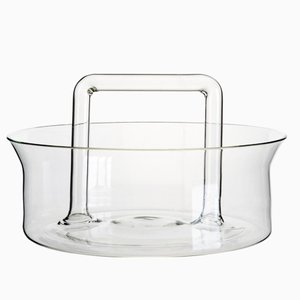
Utiles Double Handle Carafe by Sam Baron
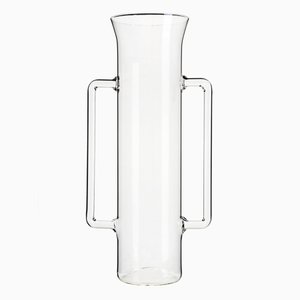
Utiles Large Vase by Sam Baron
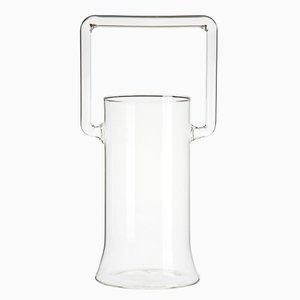
Utiles Wasserkrug von Sam Baron

Vici Vase von Sam Baron

Vidi Vase von Sam Baron
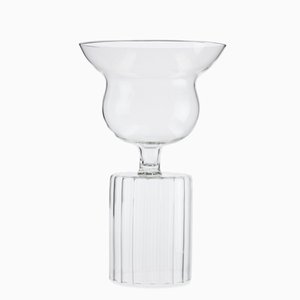
Veni Vase von Sam Baron
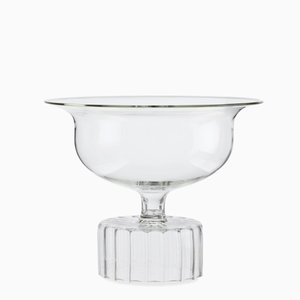
Futiles Obstschale von Sam Baron

Futiles Vase von Sam Baron

Futiles Karaffe (Groß) von Sam Baron


 Sam Baron, photograph by Mattia Balsamini for L'AB
Sam Baron, photograph by Mattia Balsamini for L'AB
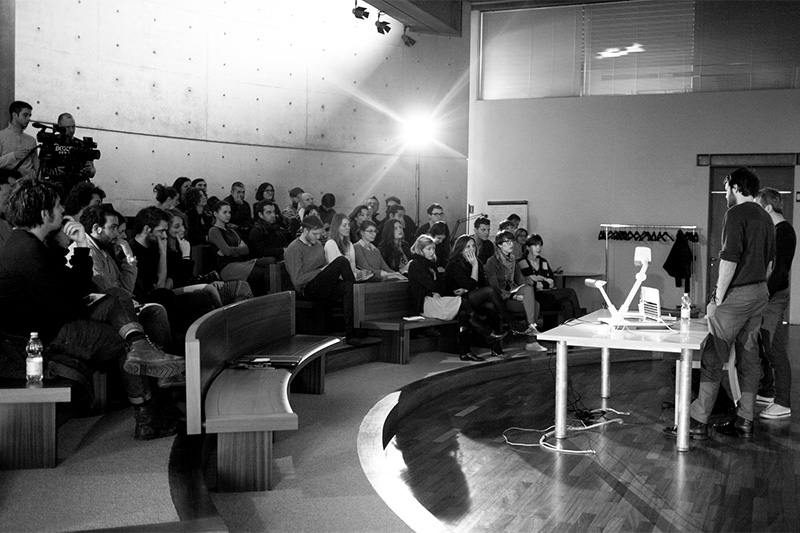 A Fabrica lecture, photo by Marco Zanin
A Fabrica lecture, photo by Marco Zanin
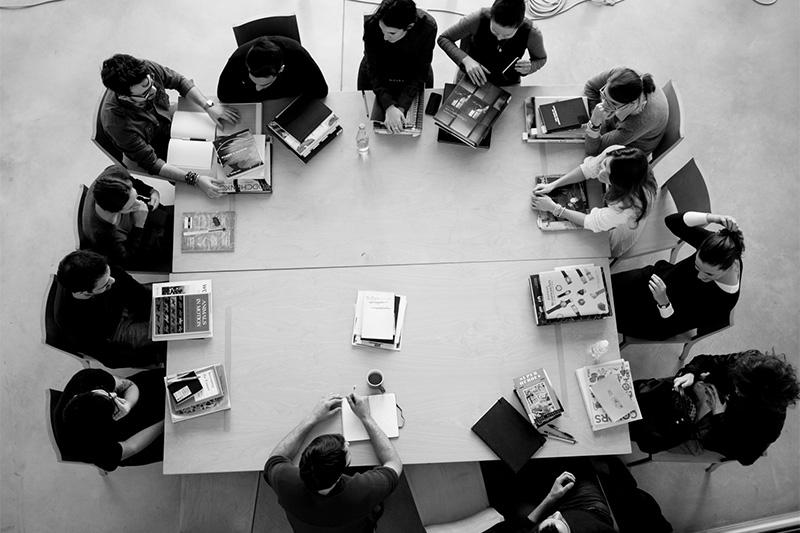 Fabrica fellows at work, photo by Marco Zanin
Fabrica fellows at work, photo by Marco Zanin
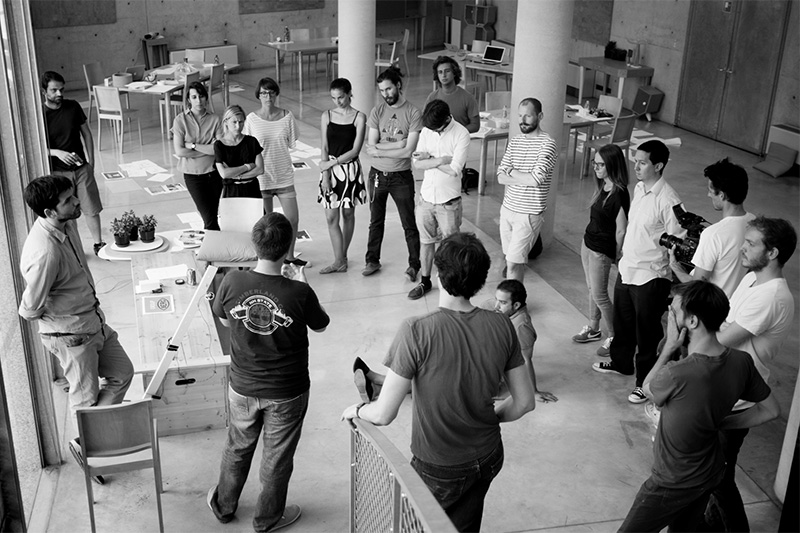 A Fabrica classroom, photo by Marco Zanin
A Fabrica classroom, photo by Marco Zanin
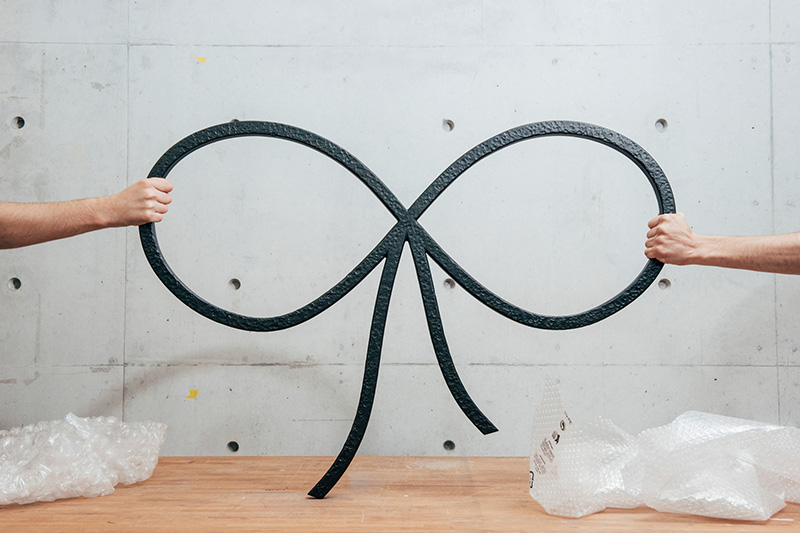 Baron's Attaches Moi design, part of the One & Only Collection. Photo by Mattia Balsamini
Baron's Attaches Moi design, part of the One & Only Collection. Photo by Mattia Balsamini